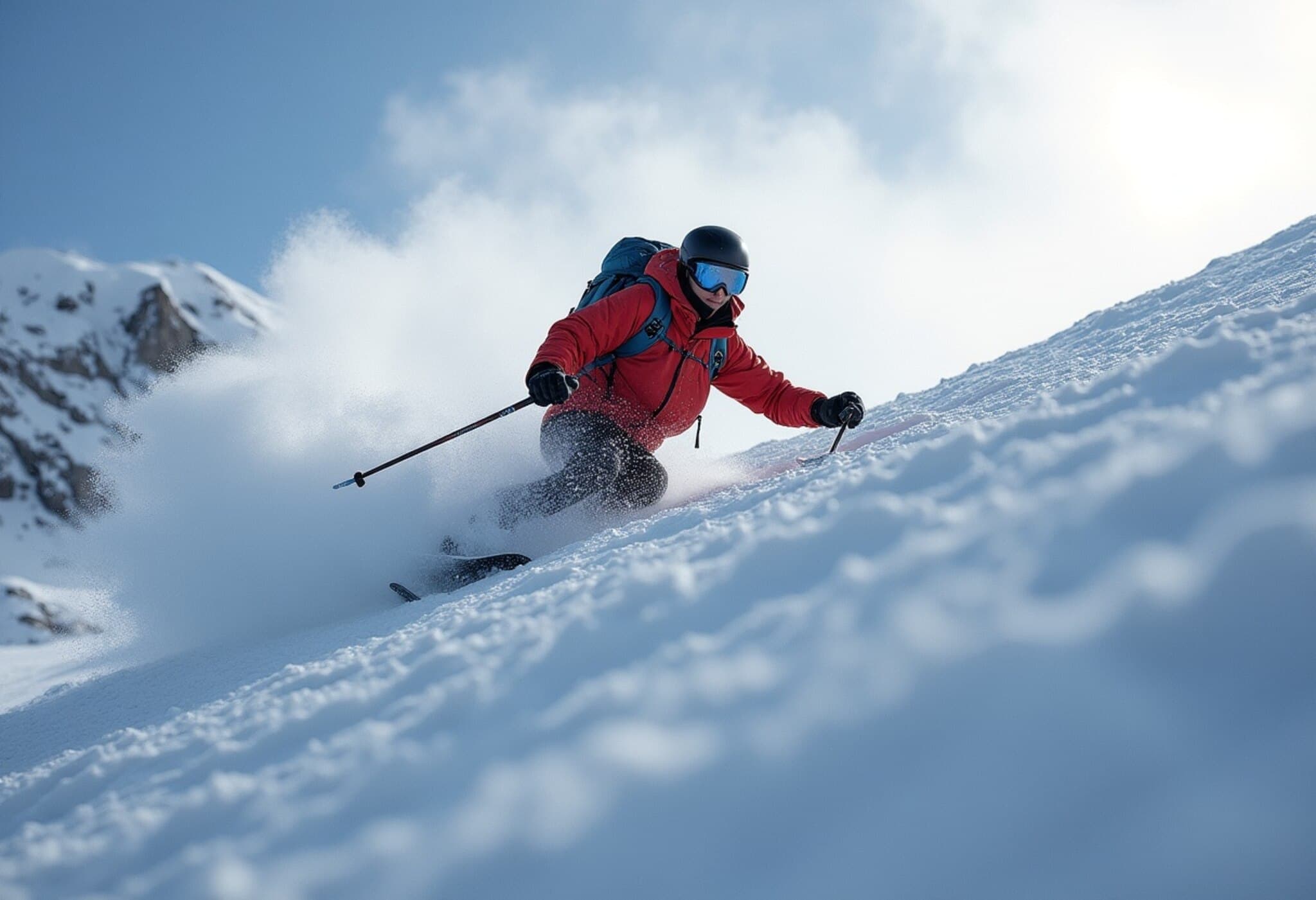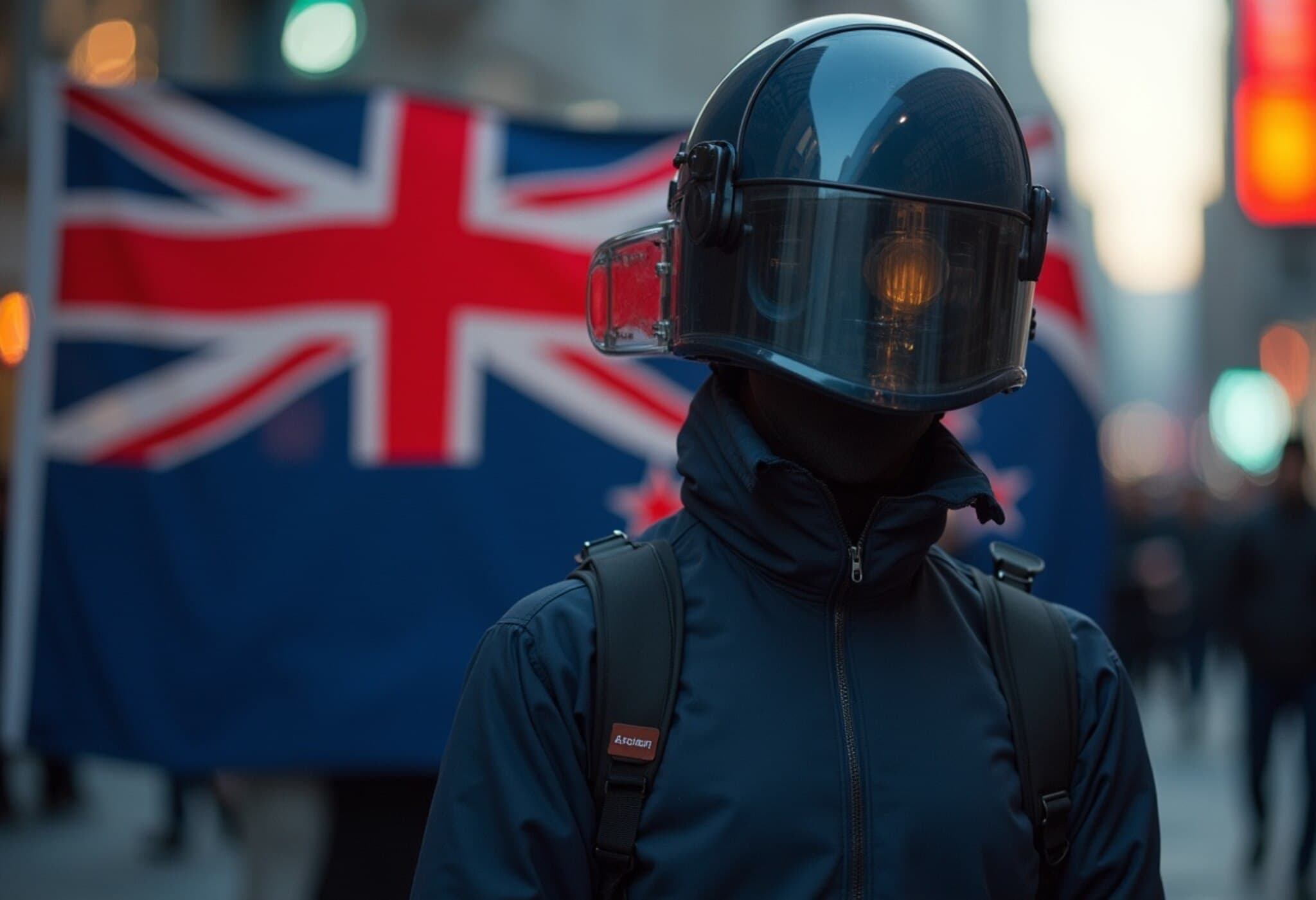Four Skiers Survive Avalanche on New Zealand’s Mount Ruapehu
On July 18, 2025, an alarming avalanche swept through a backcountry area on Mount Ruapehu, New Zealand, burying four members of a ski touring group. Thanks to rapid response and prepared skills, all four were rescued unharmed, shedding light on the critical importance of avalanche safety in the region’s mountainous terrain.
Details of the Avalanche Incident
The avalanche, reported by the New Zealand Avalanche Advisory (NZAA), occurred near Glacier Knob, a popular backcountry spot on Mount Ruapehu’s slopes. The slide measured approximately 50 metres long by 50 metres wide and had a snow depth of about 40 centimetres.
Of the six people in the group, four were partially or fully buried:
- One individual was completely covered, with only a hand protruding above the snow.
- Three others were partially buried, one with just a face and arm exposed.
Remarkably, members of the group quickly carved an airway for the fully buried skier within two minutes, allowing everyone to be freed within ten minutes, according to accounts posted on the NZAA website. All four escaped without injury.
Expert Insights on Avalanche Preparedness
Mike Daisley, Chief Executive of the New Zealand Mountain Safety Council, emphasized the narrow margin between safety and tragedy in such events. "This group was extremely lucky," he said. "Avalanche season is just beginning, making it essential for all backcountry adventurers to be thoroughly equipped, trained, and vigilant. Checking daily avalanche forecasts, carrying proper gear, and knowing how to use it can save lives."
On average, New Zealand experiences around 31 avalanches annually, with approximately one fatality a year. The Tongariro National Park, home to Ruapehu, is particularly prone to avalanches from July through October, the Department of Conservation confirms.
Backcountry Risks Near Managed Ski Fields
Avalanche dangers extend beyond the groomed trails and ski fields. Daisley underscores that terrain outside resort boundaries—even if just steps away—should be treated as backcountry with all inherent risks:
- Unpredictable snow conditions
- Lack of controlled safety measures
- Potentially steep and unstable slopes
Last August, similar avalanche incidents near ski areas galvanized calls to increase awareness. The Mountain Safety Council continues urging operators and outdoor enthusiasts alike to prioritize safety training, proper equipment such as transceivers and probes, and exercising conservative decision-making.
Why This Incident Matters
This event spotlights often overlooked challenges in outdoor winter sports, especially as more people seek adventure in remote alpine zones. It raises urgent questions for policymakers and the skiing community about:
- Enhancing public avalanche education resources
- Improving real-time hazard communication and forecasting
- Supporting rescue services with advanced technology and training
Mount Ruapehu serves as a beloved yet formidable wilderness playground. This rescue underscores the fine line between thrill and peril and the indispensable role of preparedness.
Editor’s Note
The Mount Ruapehu avalanche rescue serves as a timely reminder: venturing into backcountry snow sports demands respect for nature’s unpredictability. Every season, countless enthusiasts test their skills against winter’s forces, but sustaining life depends on knowledge, readiness, and community responsibility. As climate change influences snow patterns, continuous review of safety protocols will be critical across New Zealand’s mountain regions.
We encourage outdoor adventurers and policymakers to engage deeply with evolving avalanche risk management to safeguard lives while preserving the joy and freedom of mountain exploration.



















